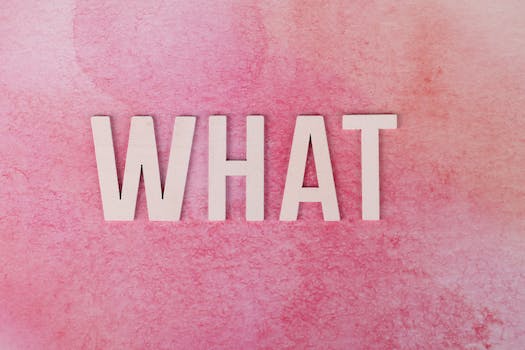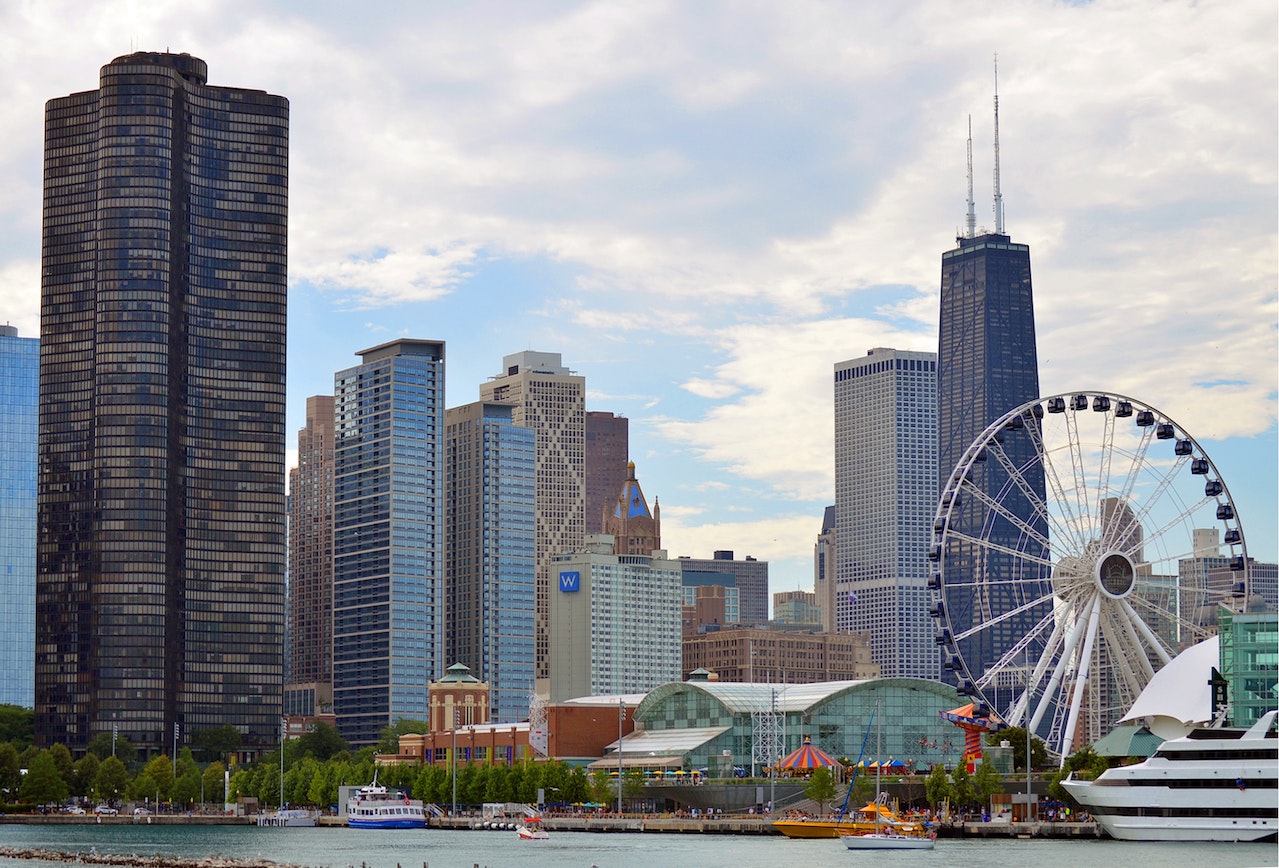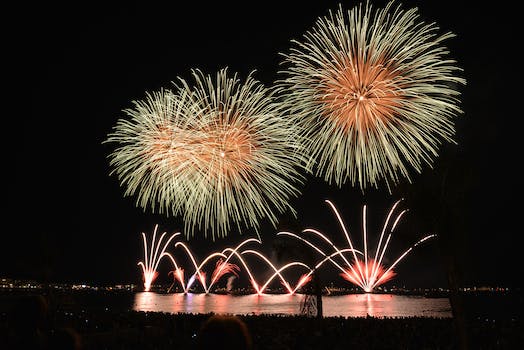The Laquan McDonald Shooting and Its Aftermath
In December 2015, the city of Chicago was rocked by the release of a video showing the shooting of Laquan McDonald, a 17-year-old African American boy, by a white police officer. The video, which had been withheld from the public for over a year, showed Officer Jason Van Dyke firing 16 shots at McDonald, who was walking away from him and posed no immediate threat.
The release of the video sparked protests and outrage across the city, with many calling for justice for McDonald and an end to police brutality against people of color. The incident also led to a federal investigation of the Chicago Police Department and a series of reforms aimed at improving police accountability and transparency.
The aftermath of the shooting was marked by a number of high-profile events and developments. In November 2015, a judge ordered the release of the video, which had been kept under wraps by the city for over a year. The decision came after a journalist filed a Freedom of Information Act request for the footage, which the city had initially refused to release.
The video, which showed McDonald being shot repeatedly as he walked away from Van Dyke, quickly went viral and sparked widespread outrage. Many accused the city of covering up the shooting and protecting Van Dyke, who had been on paid leave since the incident.
In the days and weeks that followed, protests erupted across the city, with demonstrators calling for justice for McDonald and an end to police brutality. The protests were largely peaceful, but there were some incidents of violence and property damage.
The shooting also led to a federal investigation of the Chicago Police Department, which found a pattern of excessive force and racial bias among officers. The investigation, which was launched in 2015 and concluded in 2017, resulted in a consent decree that mandated a series of reforms aimed at improving police accountability and transparency.
The consent decree, which was approved by a federal judge in 2019, requires the city to implement a number of changes, including the creation of a new civilian oversight board, the establishment of a use-of-force policy that emphasizes de-escalation and the use of non-lethal force, and the implementation of new training programs for officers.
The shooting also had a significant impact on the city’s political landscape. In 2019, Chicago elected its first African American female mayor, Lori Lightfoot, who campaigned on a platform of police reform and accountability. Lightfoot has pledged to implement the reforms mandated by the consent decree and to work to rebuild trust between the police department and the community.
Despite these efforts, however, the shooting of Laquan McDonald and its aftermath continue to cast a long shadow over the city. The incident highlighted the deep-seated issues of racism and police brutality that continue to plague many communities across the country, and it served as a stark reminder of the urgent need for reform and change. As Chicago and other cities grapple with these issues, the legacy of Laquan McDonald and the movement for justice that his death inspired will continue to be felt for years to come.
Protests and Demonstrations in the City
In December 2015, Chicago was the site of several protests and demonstrations that drew national attention. The protests were sparked by the release of a video showing the shooting of Laquan McDonald, a black teenager, by a white police officer. The video, which had been withheld from the public for over a year, showed McDonald being shot 16 times as he walked away from the officer.
The release of the video on November 24, 2015, led to immediate calls for justice and accountability. Protesters took to the streets, demanding that the officer who shot McDonald be held accountable for his actions. The protests continued throughout December, with demonstrators blocking traffic, staging sit-ins, and chanting slogans such as “16 shots and a cover-up” and “Black lives matter.”
The protests were largely peaceful, but tensions were high. On December 9, 2015, a group of protesters clashed with police outside of City Hall. The police used pepper spray and batons to disperse the crowd, and several protesters were arrested. The incident was captured on video and shared widely on social media, further fueling the outrage.
The protests also had an impact on the city’s politics. On December 1, 2015, Mayor Rahm Emanuel fired Police Superintendent Garry McCarthy, citing a loss of public trust in the department. McCarthy had been criticized for his handling of the McDonald shooting and for his overall management of the police department.
The protests also led to the formation of a task force to review the city’s police department. The task force, which was appointed by Mayor Emanuel, was charged with examining the department’s practices and making recommendations for reform. The task force released its report in April 2016, calling for sweeping changes to the department’s policies and procedures.
The protests in Chicago were part of a larger national movement against police brutality and racial injustice. The Black Lives Matter movement, which had been growing in strength since the shooting of Michael Brown in Ferguson, Missouri, in 2014, gained even more momentum in the wake of the McDonald shooting. The movement called for an end to police violence against black people and for greater accountability for law enforcement officers who use excessive force.
The protests in Chicago also highlighted the deep racial divides in the city. Chicago has a long history of segregation and discrimination, and the McDonald shooting was seen by many as a symbol of the systemic racism that still exists in the city. The protests brought together people from all walks of life, but they were largely led by young black activists who were determined to make their voices heard.
In the years since the protests, there have been some changes in the city’s police department. The officer who shot Laquan McDonald, Jason Van Dyke, was convicted of second-degree murder and sentenced to 81 months in prison. The city has also implemented some of the reforms recommended by the task force, such as increasing the use of body cameras and improving training for officers.
However, many activists feel that more needs to be done. They continue to call for an end to police violence against black people and for greater accountability for law enforcement officers. The protests in Chicago in December 2015 were a powerful reminder of the need for change, and they continue to inspire activists and advocates for justice across the country.
Mayor Rahm Emanuel’s Response to the Crisis
In December 2015, Chicago was in the midst of a crisis. The city was reeling from the release of a video showing the fatal shooting of Laquan McDonald, a black teenager, by a white police officer. The video sparked protests and calls for justice, and Mayor Rahm Emanuel was under intense pressure to respond.
Emanuel’s initial response was criticized as inadequate. He called for calm and urged protesters to remain peaceful, but many felt that he was not doing enough to address the underlying issues of police brutality and systemic racism. As the protests continued, Emanuel began to take more decisive action.
One of the first steps Emanuel took was to fire Police Superintendent Garry McCarthy. McCarthy had been widely criticized for his handling of the McDonald case, and his dismissal was seen as a necessary step towards reforming the police department. Emanuel also announced the creation of a task force to review police practices and make recommendations for reform.
Emanuel’s response to the crisis was not without controversy. Some felt that he was too slow to act, and that he only took decisive action after facing intense public pressure. Others criticized his decision to appoint a task force rather than taking more immediate action to address police misconduct.
Despite these criticisms, Emanuel’s response to the crisis did have some positive outcomes. The task force he appointed produced a comprehensive report on police practices in Chicago, which included recommendations for reform. The report highlighted the need for greater transparency and accountability in the police department, and called for changes to the way that officers are trained and supervised.
Emanuel also took steps to improve relations between the police department and the community. He announced a series of community meetings to discuss police reform, and he worked to increase the diversity of the police force. He also implemented new policies aimed at reducing the use of force by police officers, including the use of body cameras and the creation of a new civilian oversight board.
Overall, Emanuel’s response to the crisis in December 2015 was a mixed bag. While he was criticized for his initial response, he ultimately took decisive action to address the underlying issues of police brutality and systemic racism. His decision to appoint a task force and implement new policies aimed at reforming the police department were important steps towards creating a more just and equitable society in Chicago.
However, there is still much work to be done. The task force’s recommendations have yet to be fully implemented, and there are still concerns about police misconduct and the use of force by officers. Emanuel’s response to the crisis in December 2015 was an important first step, but it will take continued effort and commitment to create lasting change in Chicago.
Calls for Police Reform and Accountability
In December 2015, Chicago was rocked by the release of a video showing the fatal shooting of 17-year-old Laquan McDonald by a police officer. The video, which had been withheld from the public for over a year, sparked widespread outrage and calls for police reform and accountability.
The shooting occurred in October 2014, when McDonald was walking down the street carrying a knife. Police were called to the scene and encountered McDonald, who was reportedly behaving erratically. Officer Jason Van Dyke arrived on the scene and within seconds of exiting his vehicle, began firing at McDonald. Van Dyke fired 16 shots, 13 of which hit McDonald, who was lying on the ground when the final shots were fired.
The video of the shooting was released in November 2015, after a judge ordered its release in response to a Freedom of Information Act request. The video contradicted the police department’s initial account of the shooting, which claimed that McDonald had lunged at officers with the knife. The video showed that McDonald was walking away from officers when he was shot, and that he posed no immediate threat to them.
The release of the video sparked protests and calls for police reform and accountability. Mayor Rahm Emanuel and Police Superintendent Garry McCarthy faced criticism for their handling of the case, including their decision to withhold the video from the public for over a year. Emanuel later fired McCarthy and established a task force to review the police department’s practices and recommend reforms.
The task force’s report, released in April 2016, found that the police department had a long history of systemic racism and excessive use of force, particularly against black and brown communities. The report recommended a number of reforms, including the establishment of a civilian oversight board, the creation of a new use-of-force policy, and the implementation of implicit bias training for officers.
In response to the report, Emanuel announced a series of reforms, including the creation of a new civilian oversight board and the implementation of implicit bias training for officers. However, many activists and community members felt that the reforms did not go far enough, and continued to call for more substantial changes to the police department.
In the years since the shooting of Laquan McDonald, Chicago has continued to grapple with issues of police reform and accountability. The city has seen a number of high-profile cases of police misconduct, including the shooting of 18-year-old Paul O’Neal in 2016 and the killing of 26-year-old Breonna Taylor in 2020.
Despite ongoing protests and calls for change, progress has been slow. The police department has implemented some reforms, but many activists and community members feel that more needs to be done to address systemic racism and excessive use of force within the department.
As Chicago continues to grapple with these issues, it is clear that the shooting of Laquan McDonald in December 2015 was a turning point for the city. The release of the video sparked a national conversation about police reform and accountability, and brought issues of systemic racism and police violence to the forefront of public consciousness. While progress has been slow, the legacy of Laquan McDonald’s death continues to inspire activists and community members to fight for a more just and equitable future.
Impact on Chicago’s Community and Reputation
In December 2015, Chicago experienced a series of events that had a significant impact on the city’s community and reputation. These events ranged from protests against police brutality to the release of a video showing a police officer shooting a black teenager. The aftermath of these events led to a heightened sense of tension and division within the city.
The release of the video showing the shooting of Laquan McDonald by a police officer was a turning point for Chicago. The video, which had been withheld from the public for over a year, showed the officer shooting McDonald 16 times as he walked away. The release of the video sparked protests throughout the city, with many calling for justice for McDonald and an end to police brutality.
The protests were largely peaceful, but there were instances of violence and property damage. The city responded by increasing police presence and implementing a curfew in certain areas. The protests continued for several weeks, with activists and community leaders calling for systemic change within the police department.
The impact of these events on Chicago’s community was significant. The city was already grappling with issues of violence and inequality, and the release of the video and subsequent protests brought these issues to the forefront. Many residents felt a sense of anger and frustration at the lack of accountability within the police department and the city’s leadership.
The events also had a negative impact on Chicago’s reputation. The city was already known for its high levels of violence and segregation, and the protests and unrest only served to reinforce these perceptions. The city’s tourism industry suffered as a result, with some visitors choosing to avoid Chicago altogether.
In response to the events of December 2015, the city took several steps to address the underlying issues. The police department implemented new training programs and policies aimed at reducing the use of force and improving community relations. The city also established a task force to review police practices and make recommendations for reform.
Despite these efforts, Chicago continues to struggle with issues of violence and inequality. The city’s homicide rate remains one of the highest in the country, and many residents feel that the police department has not done enough to address the root causes of these issues.
The events of December 2015 serve as a reminder of the challenges facing Chicago and other cities across the country. They highlight the need for systemic change and a renewed commitment to addressing issues of violence and inequality. While progress has been made, there is still much work to be done to ensure that all residents of Chicago can live in safety and dignity.
Conclusion
In December 2015, Chicago experienced a surge in gun violence, with over 50 people being shot and 11 killed in a single weekend. The incidents were attributed to gang-related activity and the availability of illegal firearms in the city. The spike in violence prompted calls for stricter gun control measures and increased police presence in affected neighborhoods.
0




